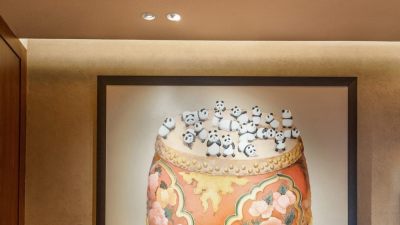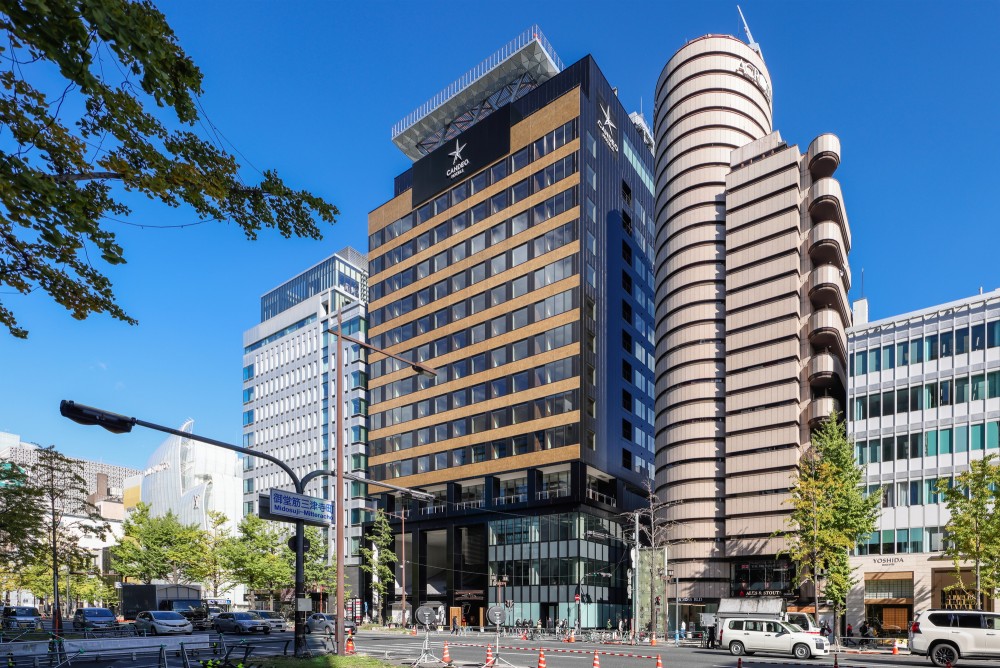
Preserving the Main Temple Hall for Future Generations Through Coexistence With the Hotel: A Temple Open to a Community in Which Buddhism is a Familiar Presence – The Mitsutera temple has long been a beloved part of Osaka's Minami district, where it is known by the nickname "Mittera-san."
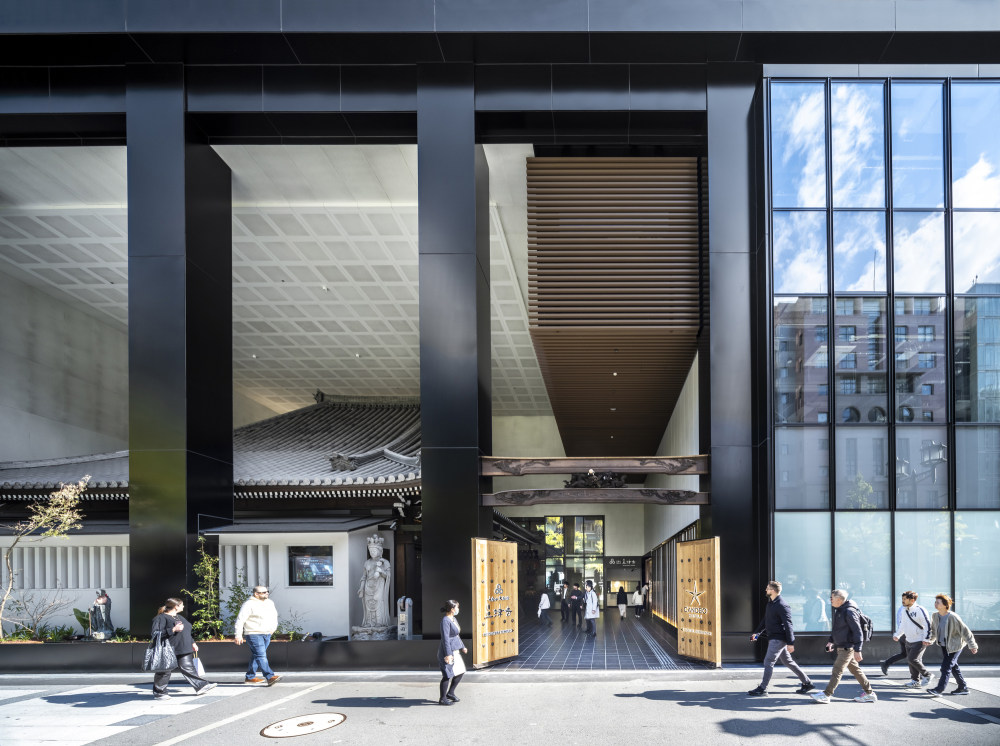
The wooden main hall, which was rebuilt in 1808 in the latter part of the Edo period, escaped damage even during the bombing of Osaka in 1945, in which many wooden structures were destroyed. As a result, the gorgeous Edo artwork that includes colorful flower paintings and columns, and statues decorated with gold leaf, lacquer, and overglaze enamel that were created more than a century ago has been preserved in all of its grandeur.

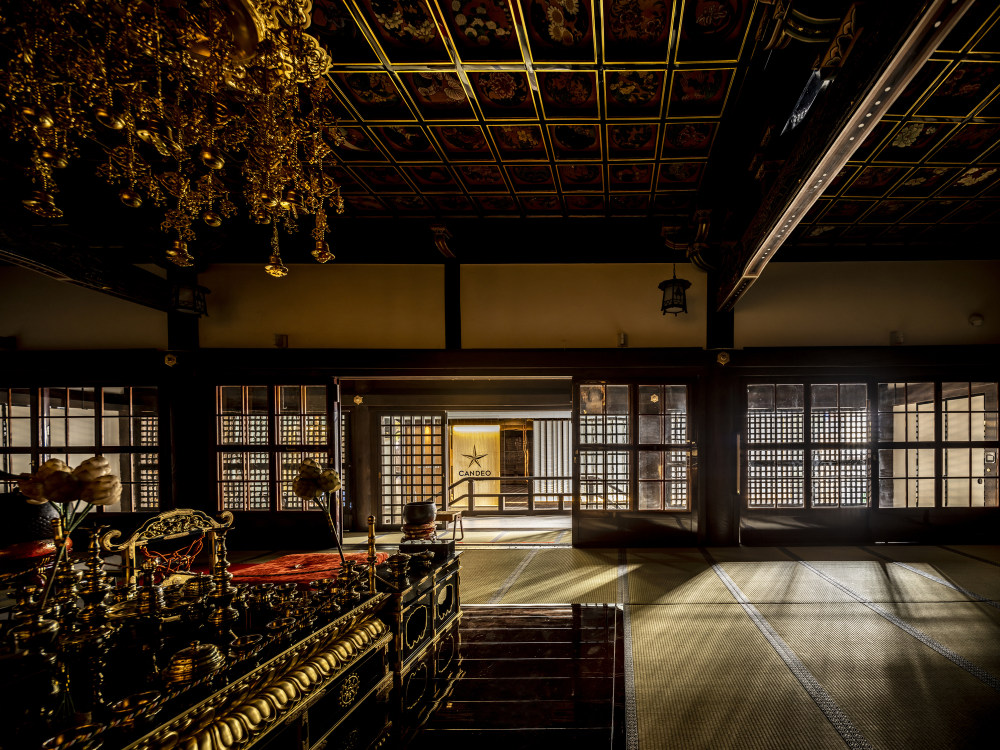
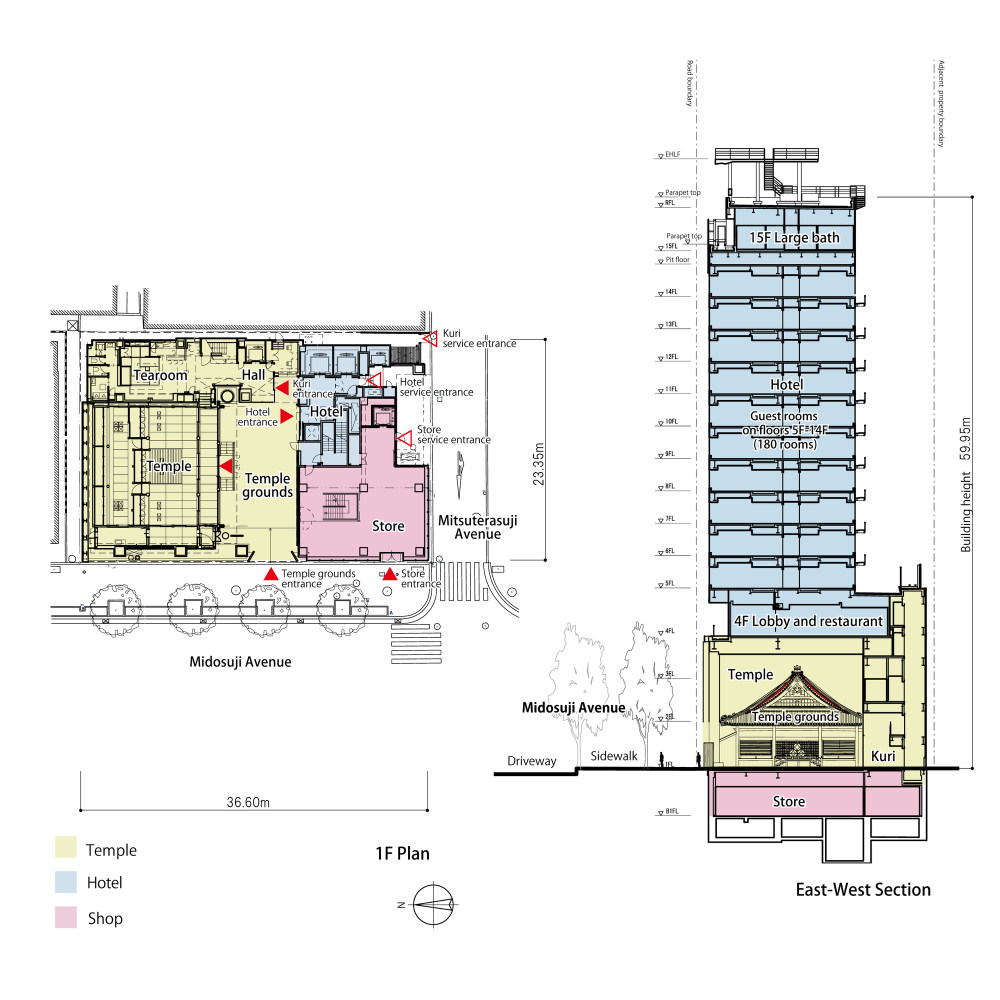

To ensure that the main hall, which has long been the center of worship, will continue to fulfill that role for the next 50 to 100 years, for this project, it was decided to completely enclose the Mitsutera temple main hall with the new building. Accordingly, the main hall was moved intact in three stages and enclosed within a three-story atrium piloti structure.
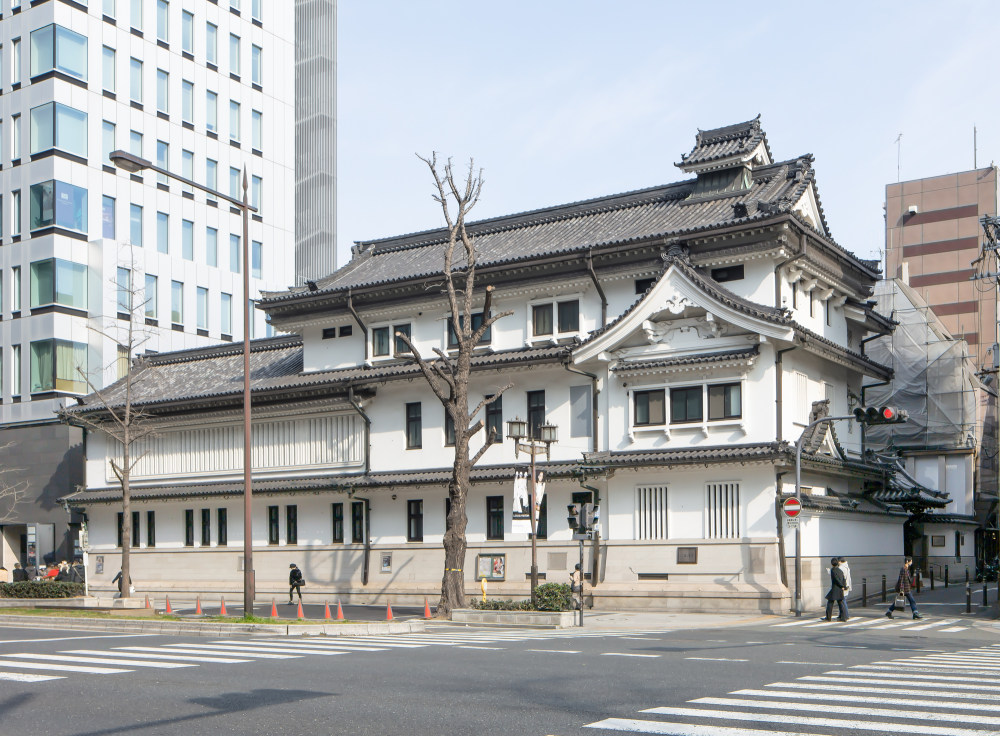
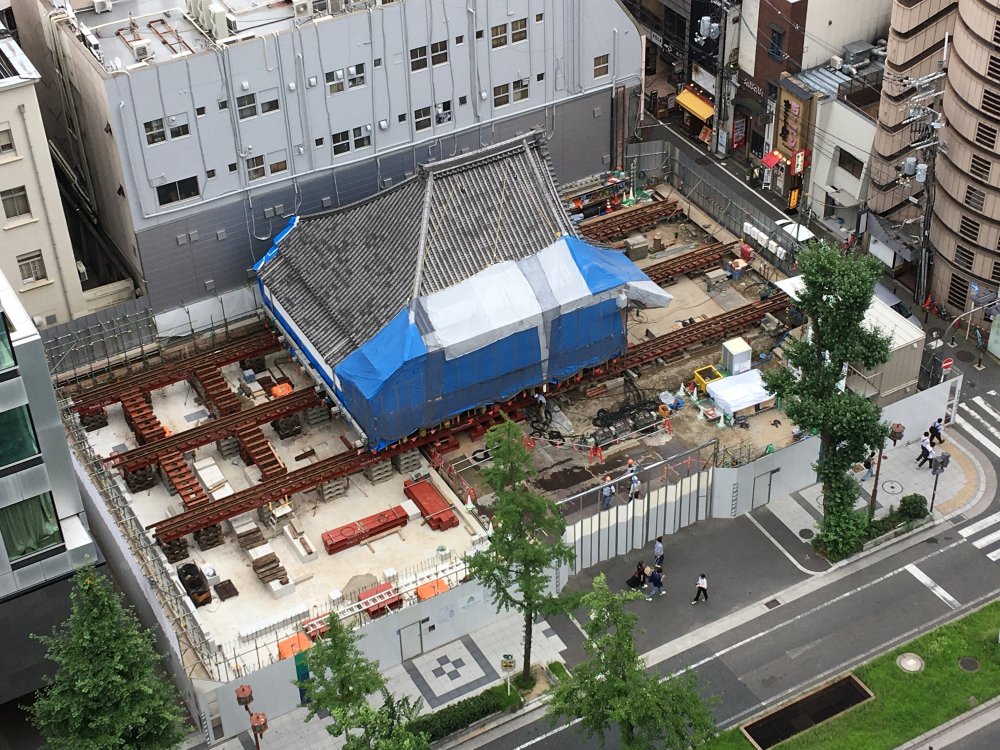
By effectively using the space above the main hall, a prototype for a new urban-style temple coexisting with a hotel and stores was achieved. In addition to preserving the main hall, the prime location on Midosuji Avenue has the potential to enable sustainable temple administration without the need to rely exclusively on donations from believers.
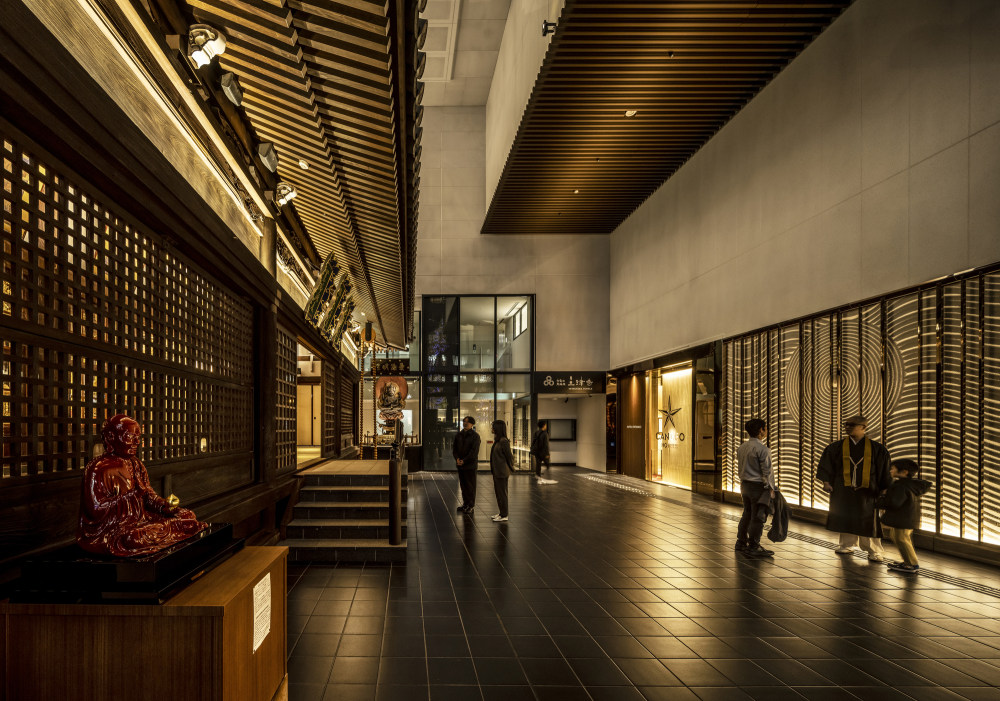
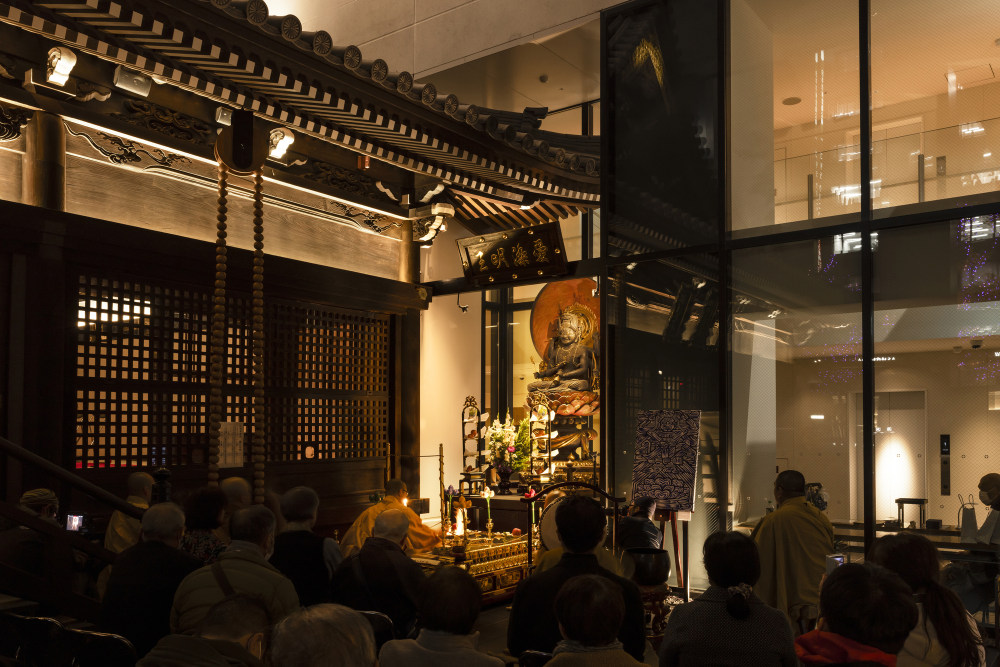
The plan called for access to both the temple and the hotel to be provided from Midosuji Avenue. It was felt that inviting the people passing by on Midosuji Avenue was important to ensure an ongoing relationship with the local community. The design concept was "Open Mitsutera," and a three-story atrium piloti structure on the temple grounds was constructed as a space that would be open to all, and where Buddhism would be a familiar presence. An entrance for greeting hotel guests was also provided on the temple grounds.


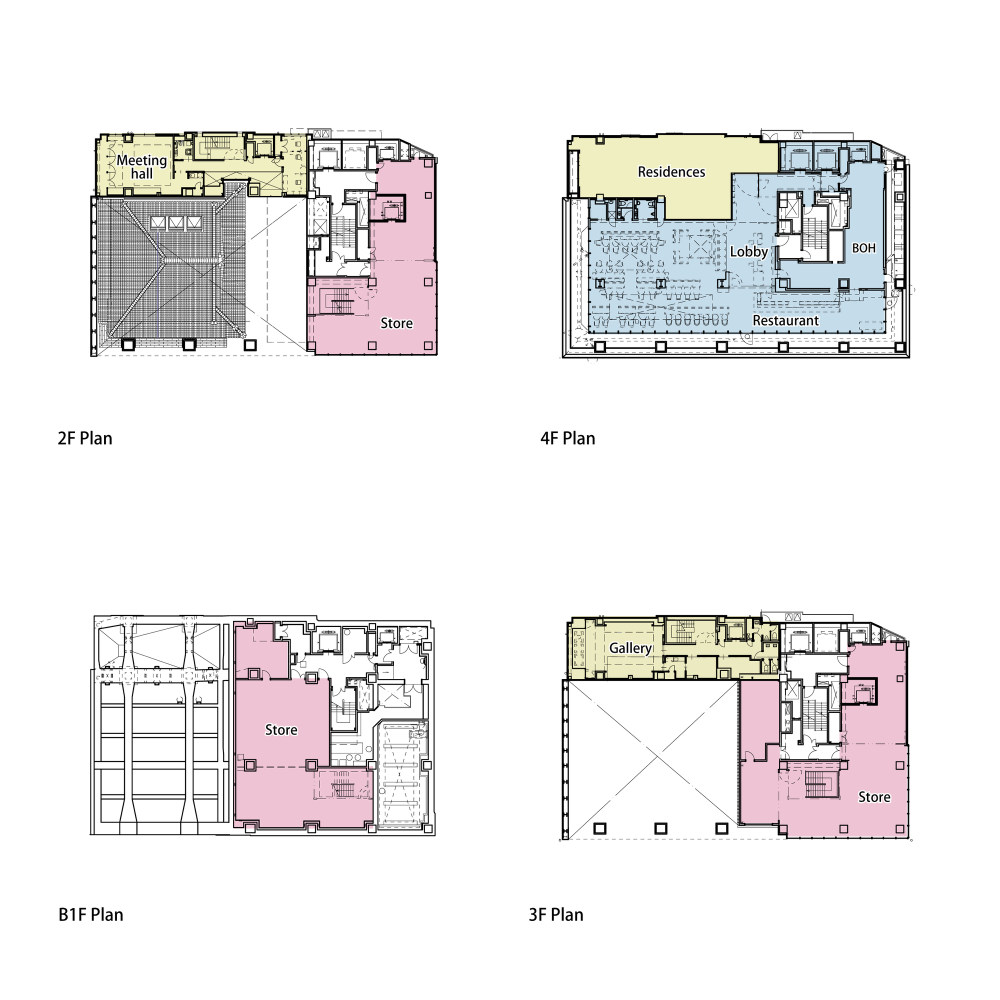

The hotel brand concept of "Gleaming Brightly" resonates with the main hall's inner sanctum, which is decorated in lacquer and gold leaf. In addition, the lighting plan that evokes the power and dignity of the main hall creates an integrated temple premises environment that fuses the temple and the hotel, the old and the new.

Within the temple grounds, not only religious ceremonies such as Gomataki (the Buddhist rite of burning small sticks of wood on the altar to invoke divine help) but also lectures and live music performances, and various other special events are held. Hotel guests are also invited to participate in morning services at the temple and so on.

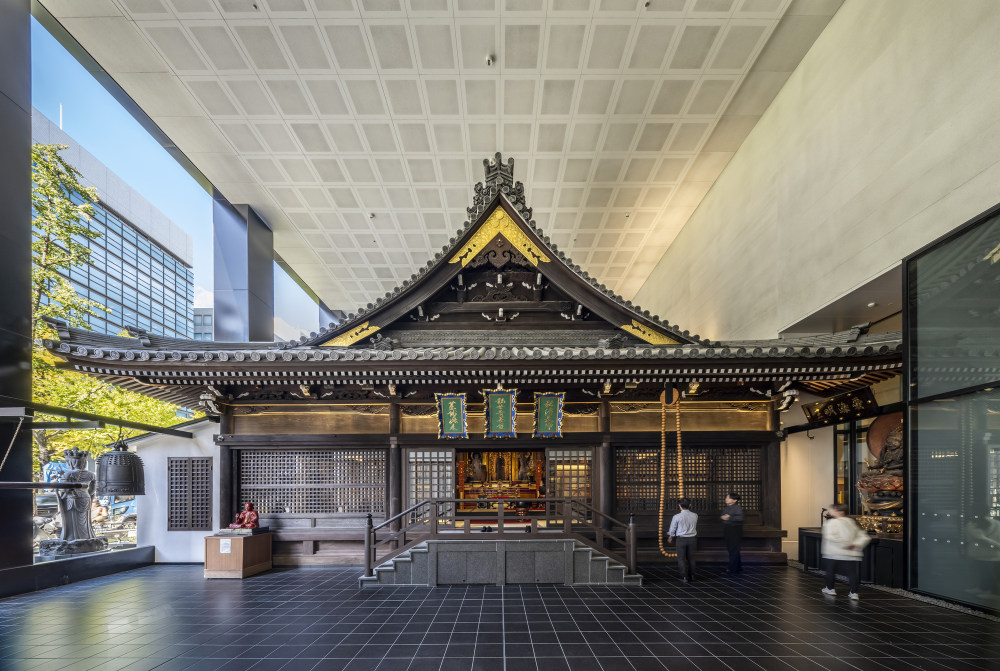

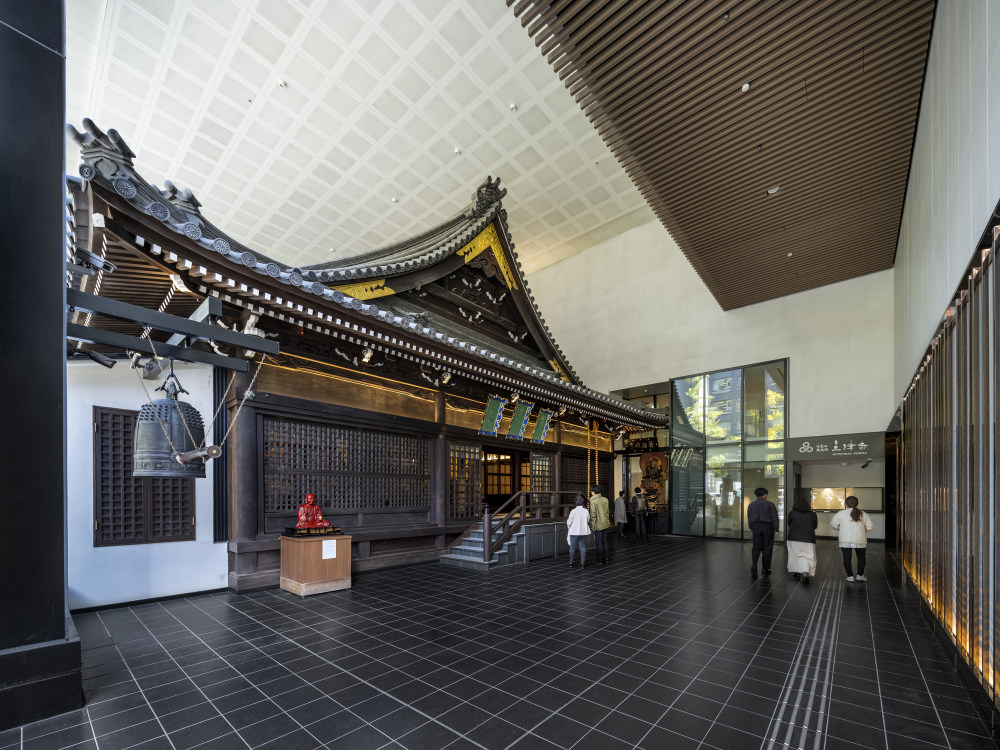
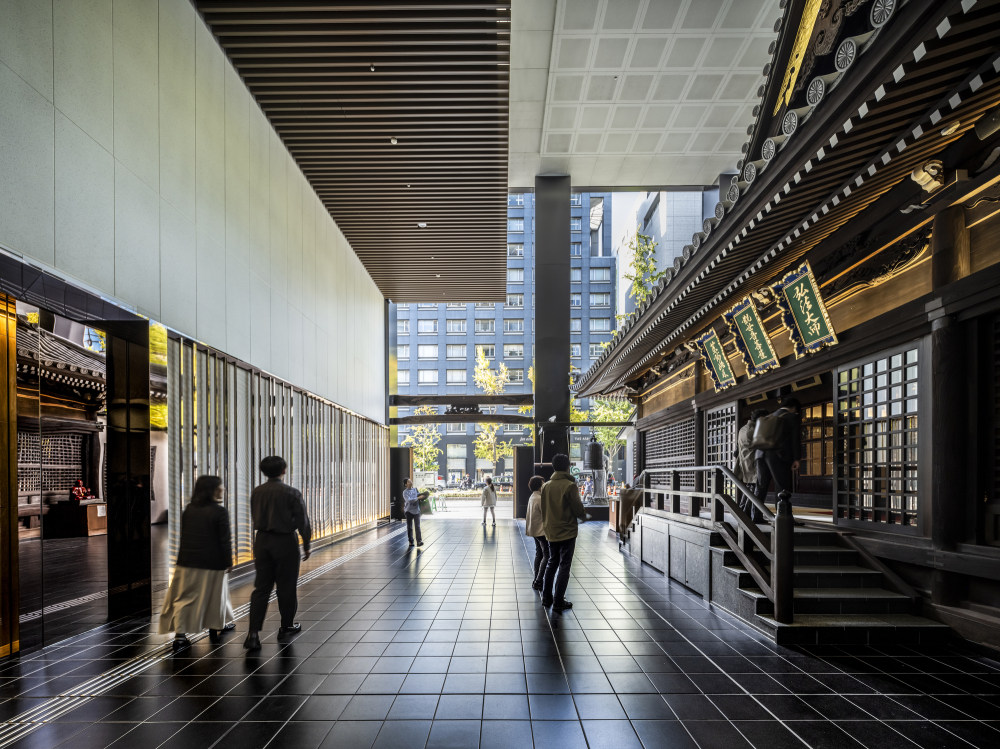
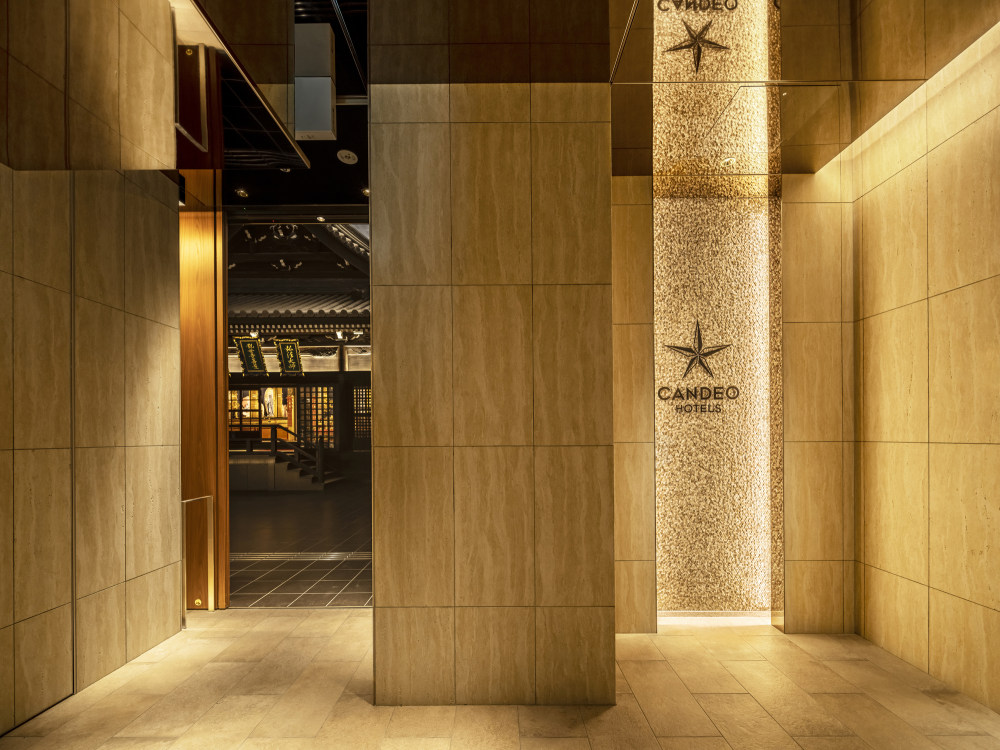
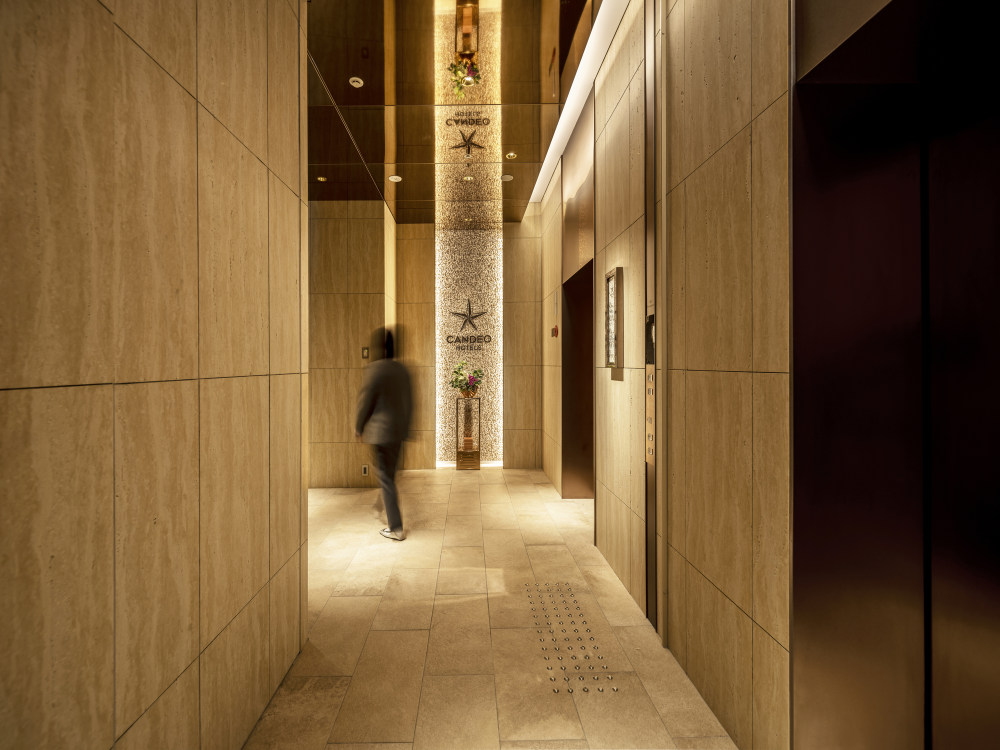
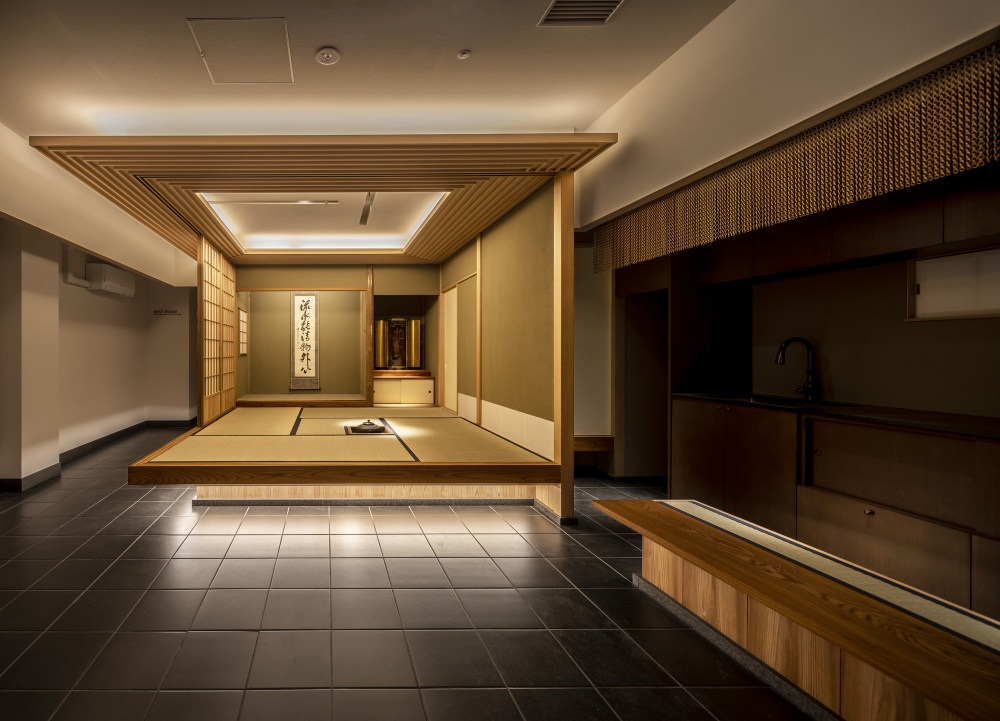

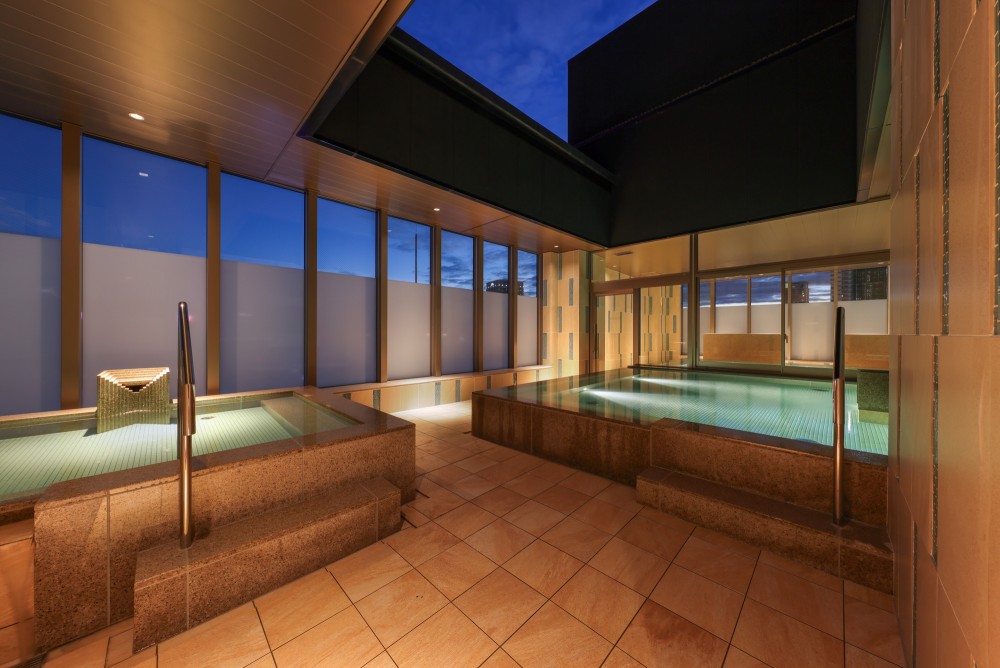



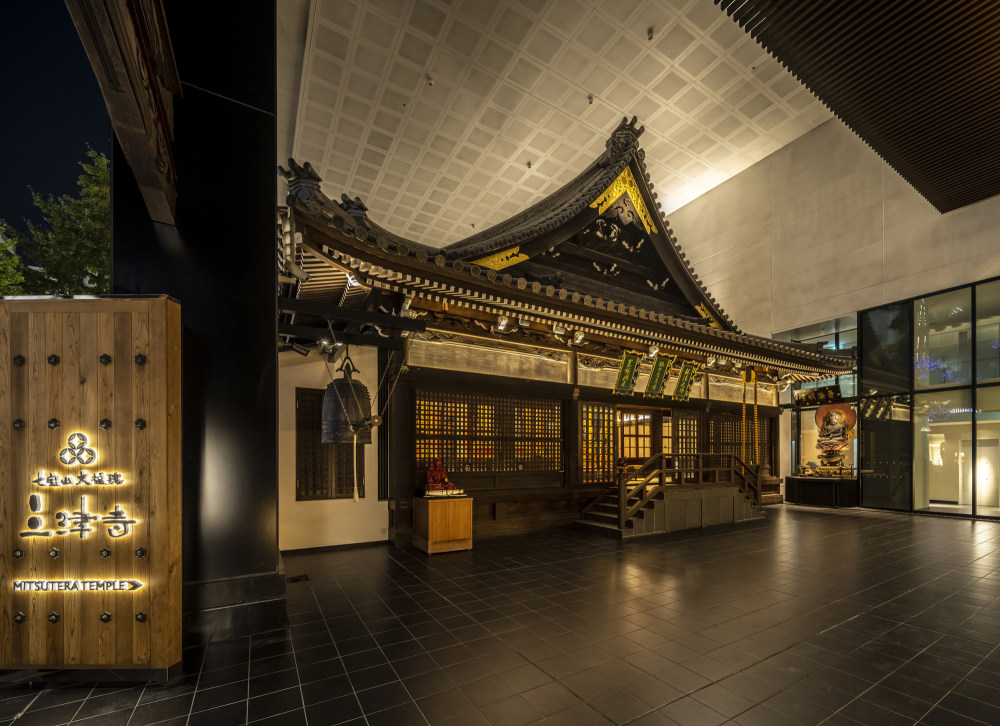
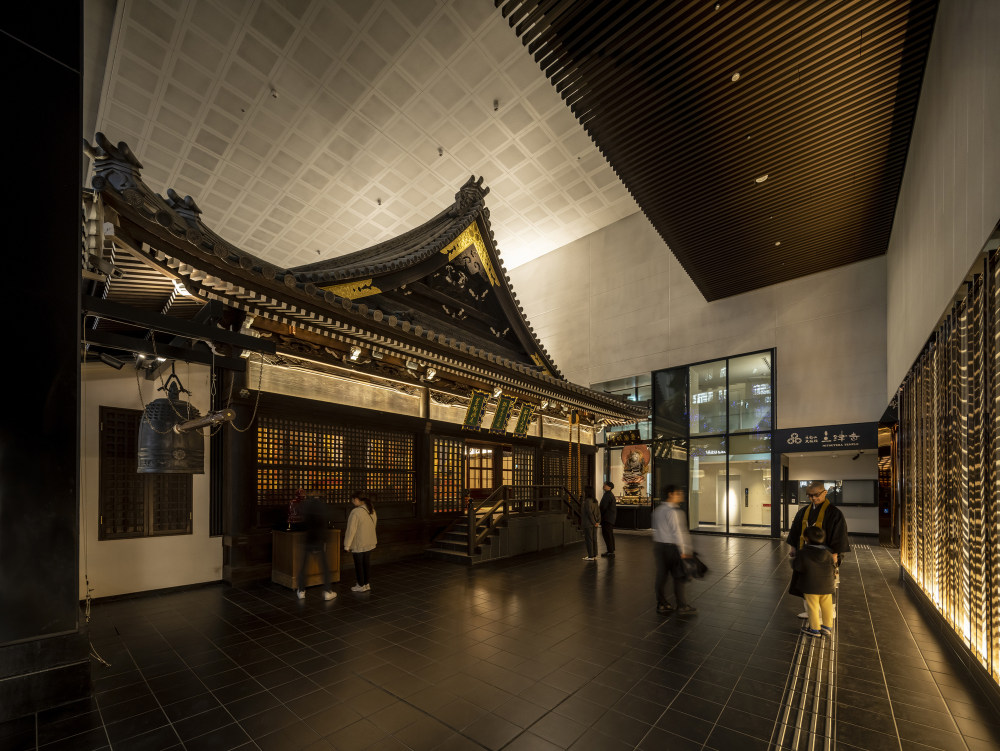




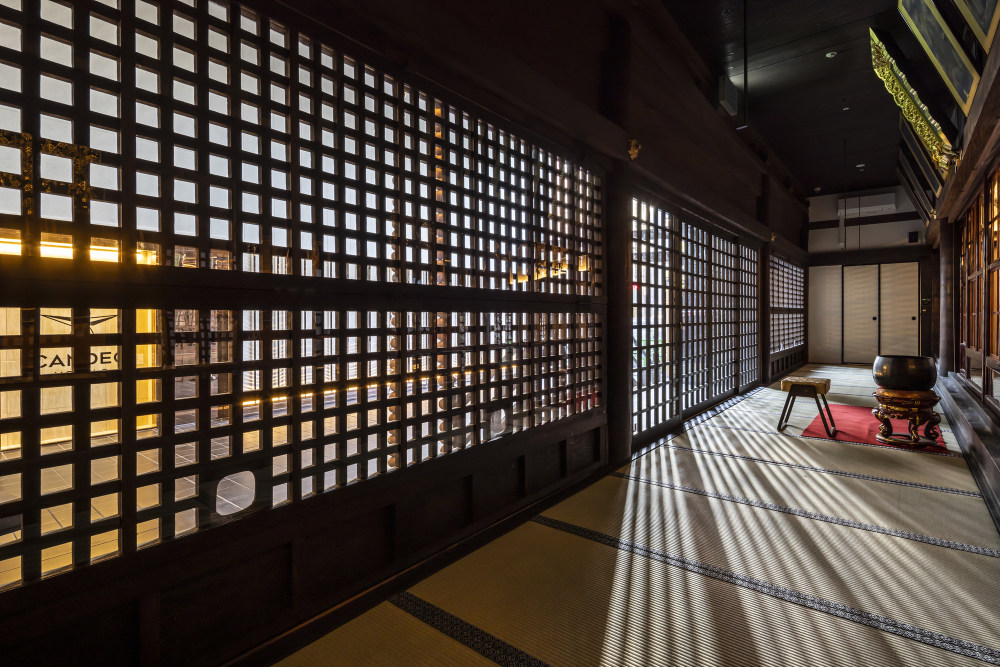
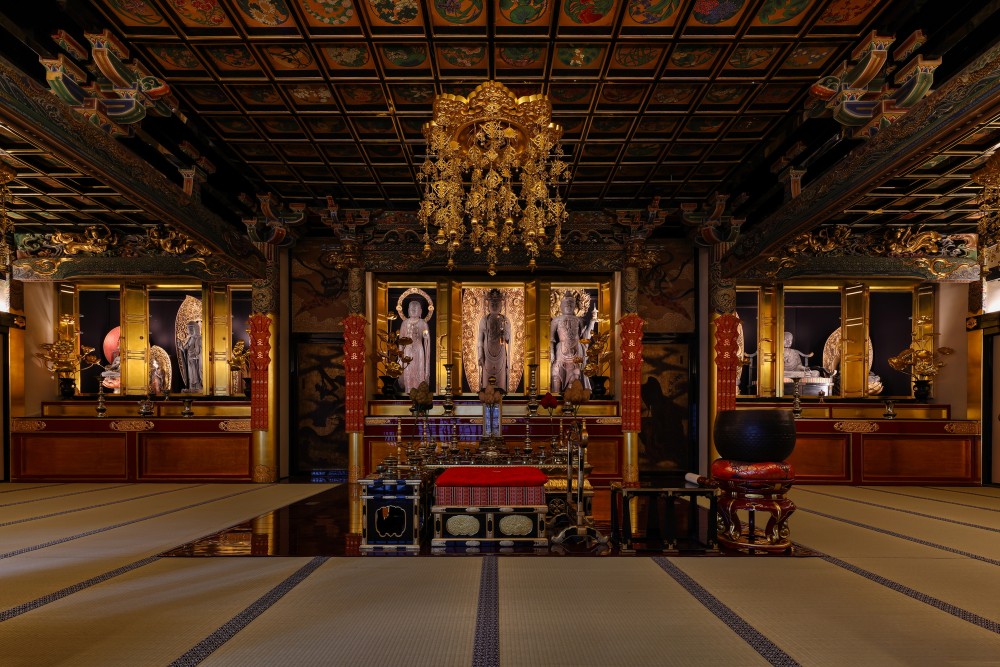



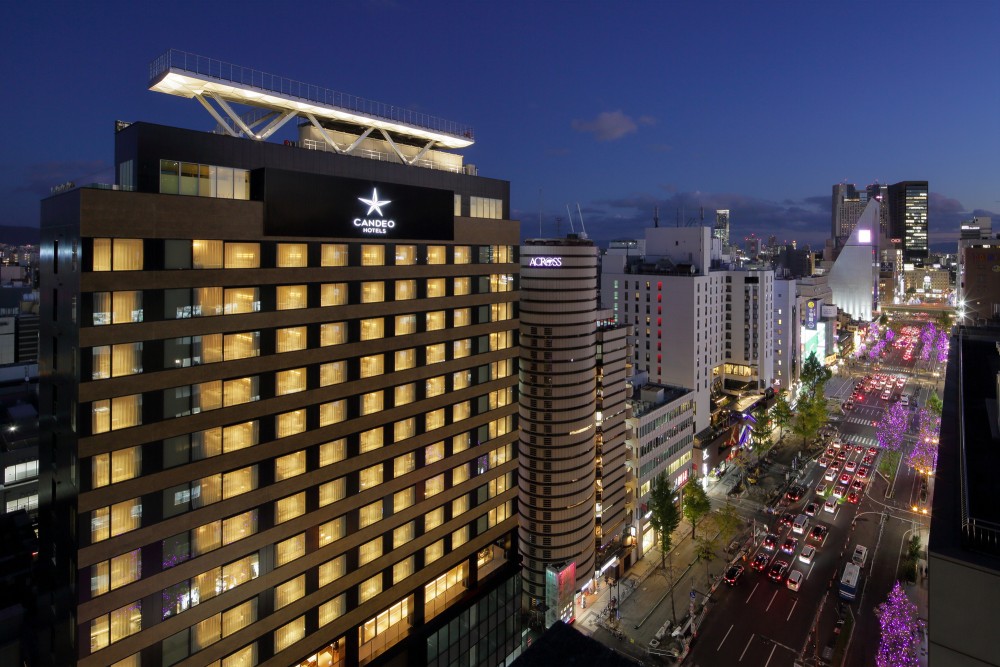
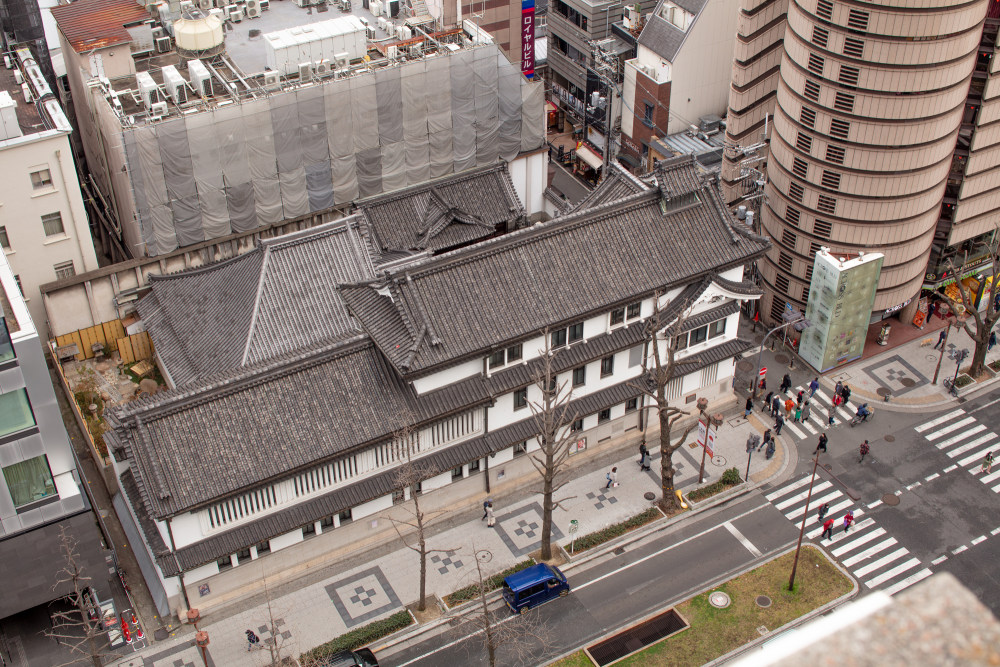
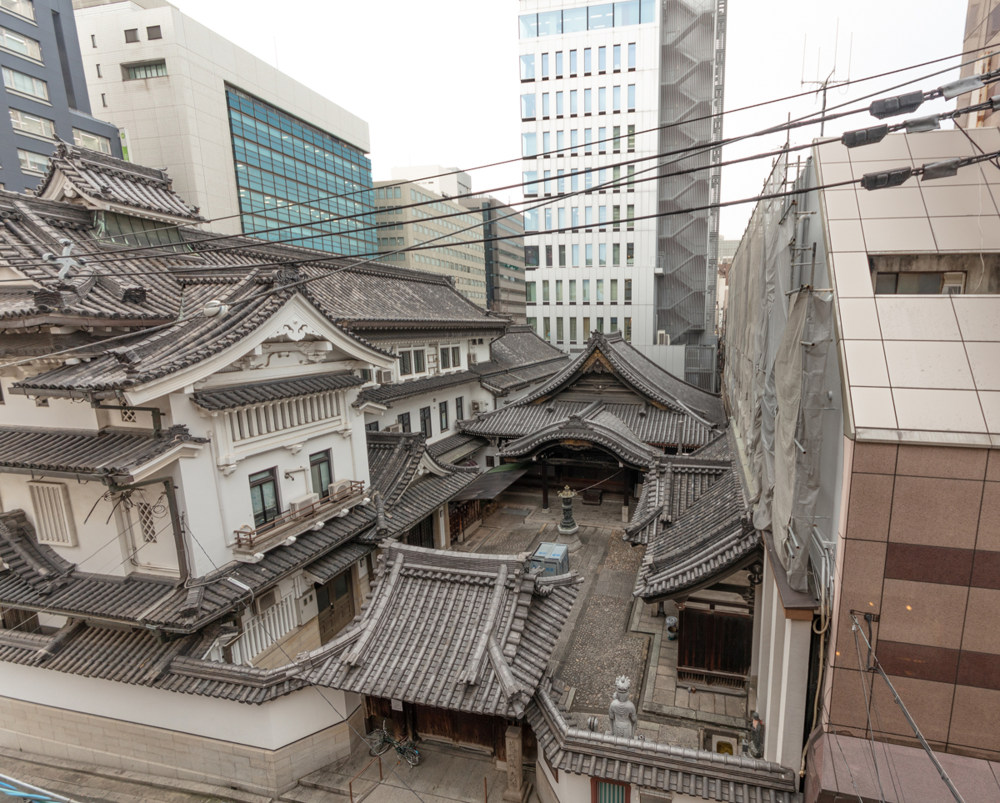
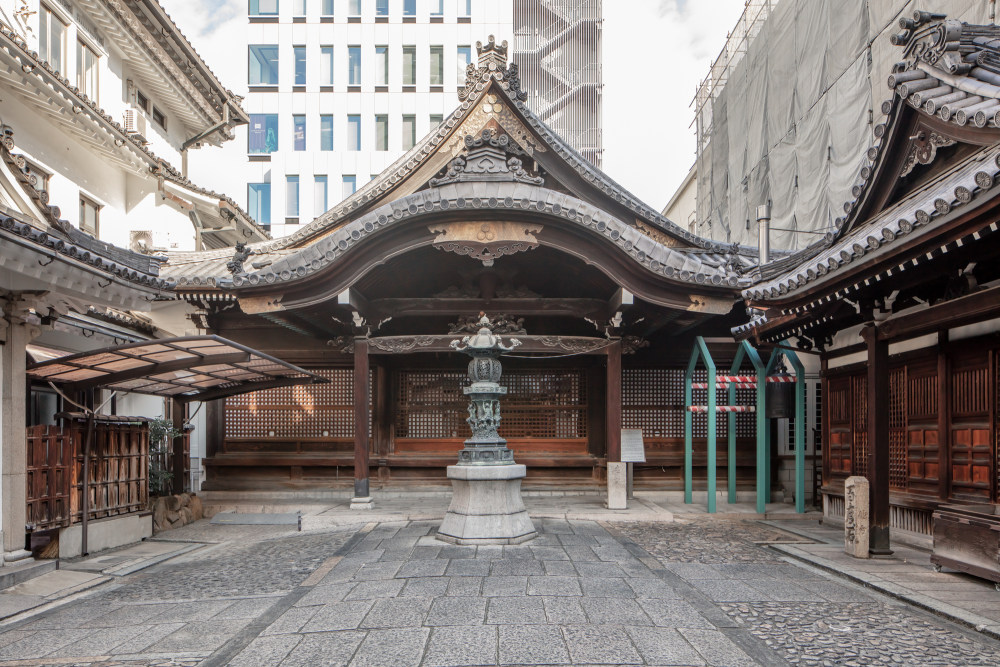
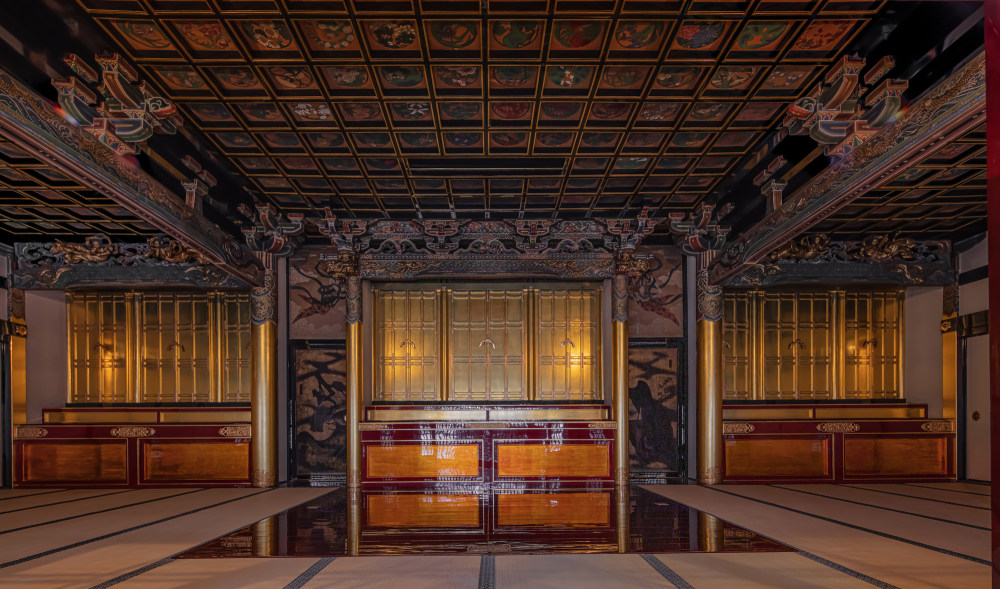
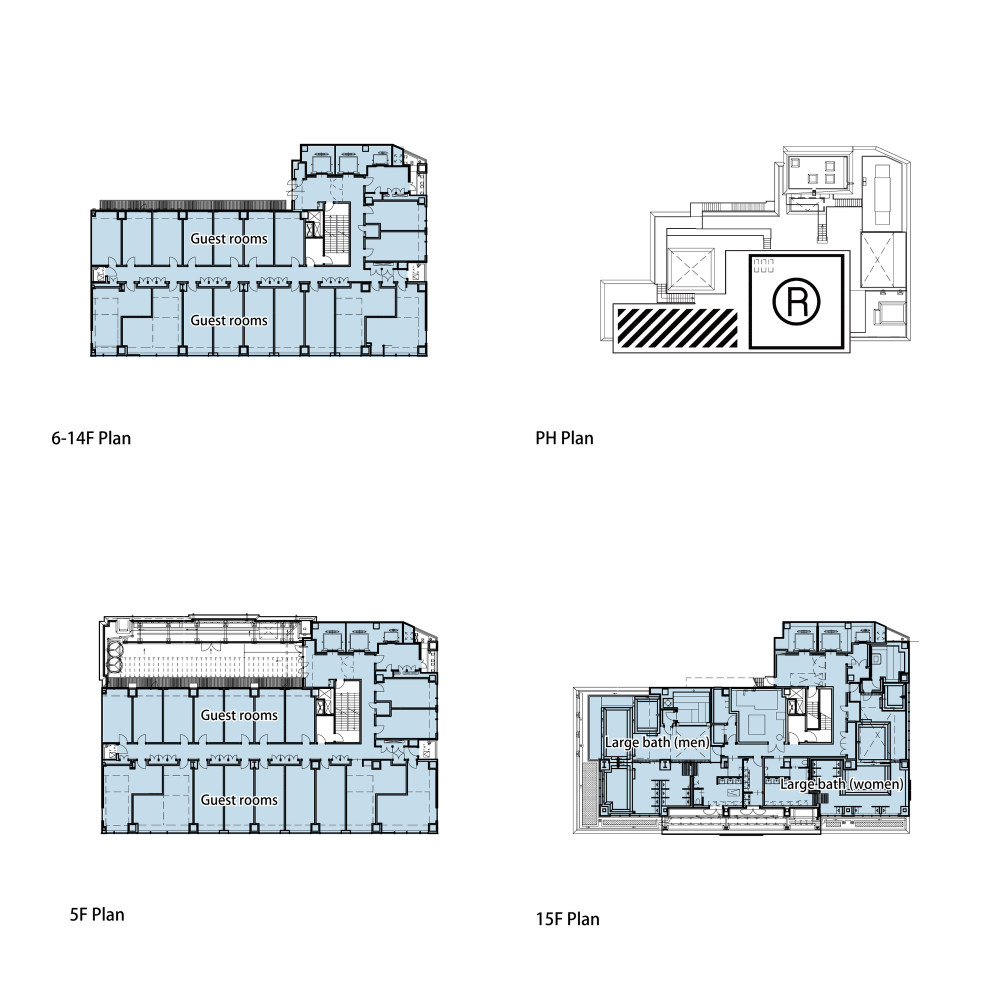
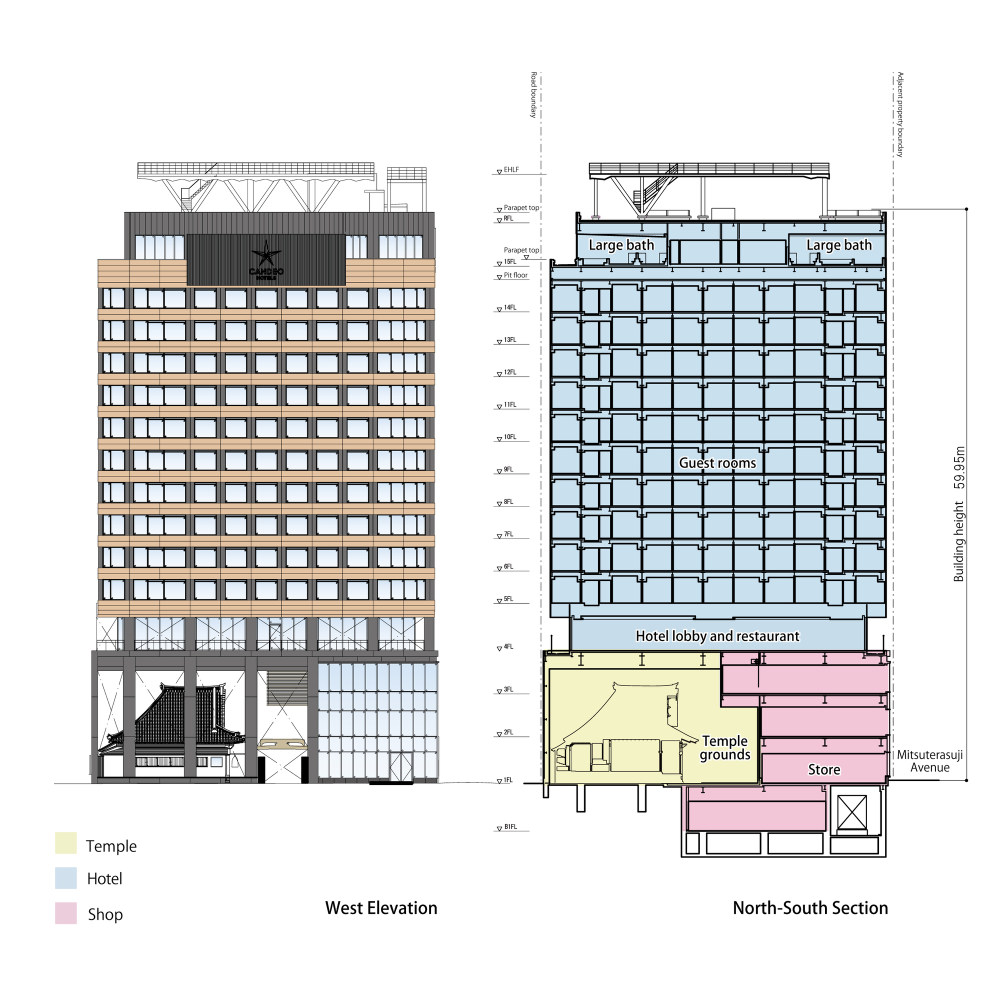

- 项目设计:TAISEI DESIGN Planners Architects & Engineers
- 项目面积: 9530.0m²
- 项目年份:2023
- 项目摄影:aifoto, SS Co.,Ltd., digicri
- 供应商: Lixil Corporation, NIPPORI KAKO Co.,Ltd., OSHIROX, TOTO LTD.
- Category: Hotels, Temple, Renovation
- 设计团队: Hiroyuki Hirai, Ikumi miyamoto,Yusuke Mizuno
- 结构工程: Shinya Nishimoto, Yoshitaka Sakai, Akio Iwai, Yuki Toyoshima
- 机电工程: Takashi Yuasa, Makoto Suzuki, Keiji Kokado
- Traditional Architecture Preservation Team: Hiroki Matsuo, Satoshi Mizuno, Takahiro Kito
- 项目业主: Tokyo Tatemono Co., Ltd.
- 项目承包商: Taisei Corporation
- 项目成市: Osaka
- 项目国家: Japan
- 转载自:Archdaily
- 设计师:TAISEI DESIGN Planners Architects \u0026 Engineers
- 图片©TAISEI DESIGN Planners Architects \u0026 Engineers
- 语言:英语
- 编辑:序赞网
- 阅读原文
|

 发表于
发表于 
















































